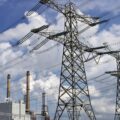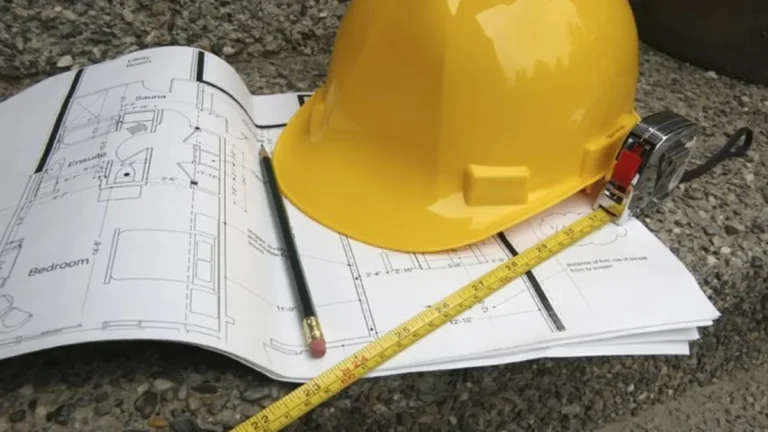
How to Prepare for Winter and Blackouts: Essential Checklist, Insulation Tips, Self-Sufficiency and Psychological Readiness
As the cold season approaches, Ukrainians once again return to the topic of winter preparation, but during wartime these routines have acquired a new meaning. Troubling news about damaged energy infrastructure and peak network loads make the issue of energy independence not just relevant, but a matter of safety. The absence of electricity or heating is not just discomfort, but a serious challenge for every family. How can you face winter ready for any scenario? Here, we share step-by-step algorithms, expert advice, and proven solutions.
Power outages mean, first and foremost, darkness. In the dark hours, it’s crucial to have flashlights, LED lamps, rechargeable lanterns. Candles are the simplest option, but they must be used with extreme caution.
“Use candles only where they won’t be left unattended, keep them away from fabrics and flammable materials,” advise emergency services.
A stock of batteries and charged power banks will allow you to maintain lighting for several days in a row. For even greater autonomy, it is useful to have a battery-powered or dynamo radio this will keep you updated with the news even during a complete loss of mobile connectivity.
Warmth: How to Stay Comfortable at Home Without Electricity
Cold indoors is a real challenge. That’s why it is important to prepare a “warm reserve”:
- Warm blankets, sleeping bags, emergency blankets
- Several sets of winter clothing, including thermal underwear
- If possible a portable gas or solid fuel heater with a ventilation system (but this option does not suit every apartment)
Don’t forget carbon monoxide detectors when using alternative heaters this is a matter of safety.
Water and Food Supplies: What You Must Have in Stock
During prolonged power outages, water supply systems can stop functioning, especially in high-rise buildings. Therefore, you must have a supply of drinking water optimally 8-10 liters per person per day. Also prepare a reserve of technical water for hygiene and household needs.
Non-perishable foods are the foundation of your stock for blackouts. These include: grains, pasta, canned food, dried fruit, nuts, honey. For cooking, a portable gas stove or burner with a supply of gas canisters will come in handy. Remember: use these devices only outdoors or in well-ventilated rooms, and never leave them unattended while operating.
Safety and First Aid Kit
Prepare in advance a first aid kit with basic medicines: antipyretics, antiseptics, bandages, first-aid supplies. Pay special attention to having a supply of medications for chronic diseases, as well as for children and the elderly. “During long-term outages, pharmacies may be inaccessible, so it is important to have at least a two-week supply of essential medicines,” doctors emphasize.
Don’t forget about hygiene products wet wipes, soap, toothpaste, toilet paper. In a crisis period, these will become indispensable.
Readiness for Information Isolation
It is critical to always have charged power banks, car chargers, or solar panels these will keep your phones, tablets, and radios operational. Write down important phone numbers on paper, keep a list of emergency services handy.
Textiles and Extra Measures for Saving Heat
Not only window and door insulation will help keep your home warm:
- Install sealing strips around the window and door frames
- Adjust hardware of plastic windows to “winter mode”
- Seal cracks and joints with silicone sealant
- Use heat-reflective film on glass, and install special screens behind radiators
- On doors, set a threshold with a rubber “brush” or an additional seal
- Heavy curtains and rugs help retain heat
- Make sure radiators are not blocked by furniture
Psychological Readiness for Blackouts
Long-term outages are not just a domestic but also an emotional crisis. Experts advise maintaining a regular daily routine, keeping books, board games, traditional forms of leisure on hand, and staying in touch with loved ones.
“It is worthwhile to develop a simple action plan in advance in case of a total power outage from limiting movement to organizing mutual support with neighbors,” notes psychologist Olena Kozachenko.
Special Needs: Children, the Elderly, and People with Disabilities
Don’t forget to consider the specific needs of each resident. For children food and water supplies, warm clothing, a safe sleeping place. For the elderly extra medications, easily accessible warm clothes, extra blankets. For people with disabilities individualized care products, an evacuation plan, and support from neighbors.
Separate Checklist “Winter-2025 Must-Haves During Blackouts”
- Flashlights, rechargeable lanterns, supply of batteries
- Power banks, battery-powered radio
- Warm clothes, blankets, thermal underwear
- Drinking water at least 8-10 liters per person per day
- Non-perishable foods
- Gas stove/burner with canisters (with ventilation only!)
- First aid kit accounting for chronic conditions
- Hygiene products
- Window/door sealing, insulation materials
- Emergency contacts written on paper
Preparing for winter is not about panic, but responsible care for yourself and your loved ones. Don’t delay organizing your supplies, insulation, purchasing necessary equipment, and informing your family about crisis action algorithms. Every blackout is a test of our readiness and unity. When you have everything you need at home, no one will be caught off guard by darkness or cold. Your safety and comfort depend on timely preparation, the ability to adapt, and mutual support.
Remember: this winter will be difficult, but with responsible preparation it will be much safer and calmer for the whole family.














